Chibbyr Undin & Chibbyr Unjin Holy Wells Of Malew
Chibber Undin (Chibbyr Undin) – The Foundation Well or Chibber Undin when written about in the late 19th century was described as being close to the remains of an ancient Keeill which a Manx word for cell or chapel and these remains are often quoted as measuring 21 feet long by 12 feet broad.

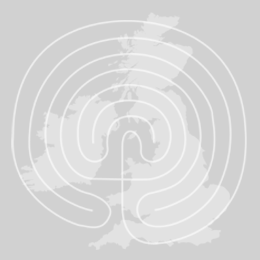
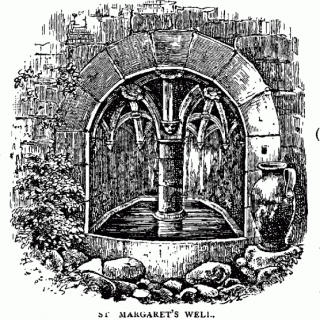
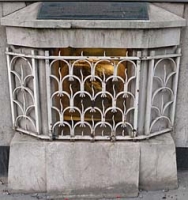
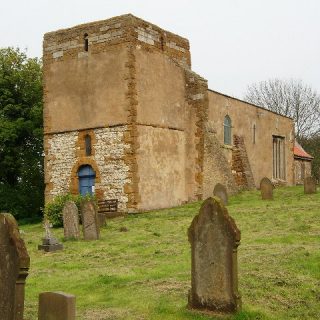
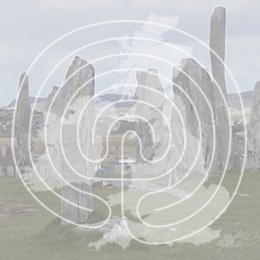
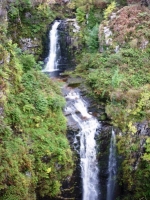
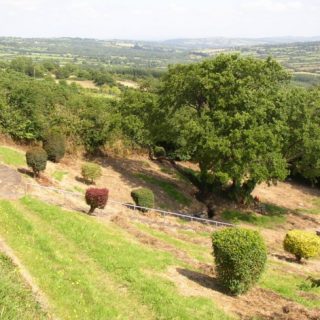

Recent Comments